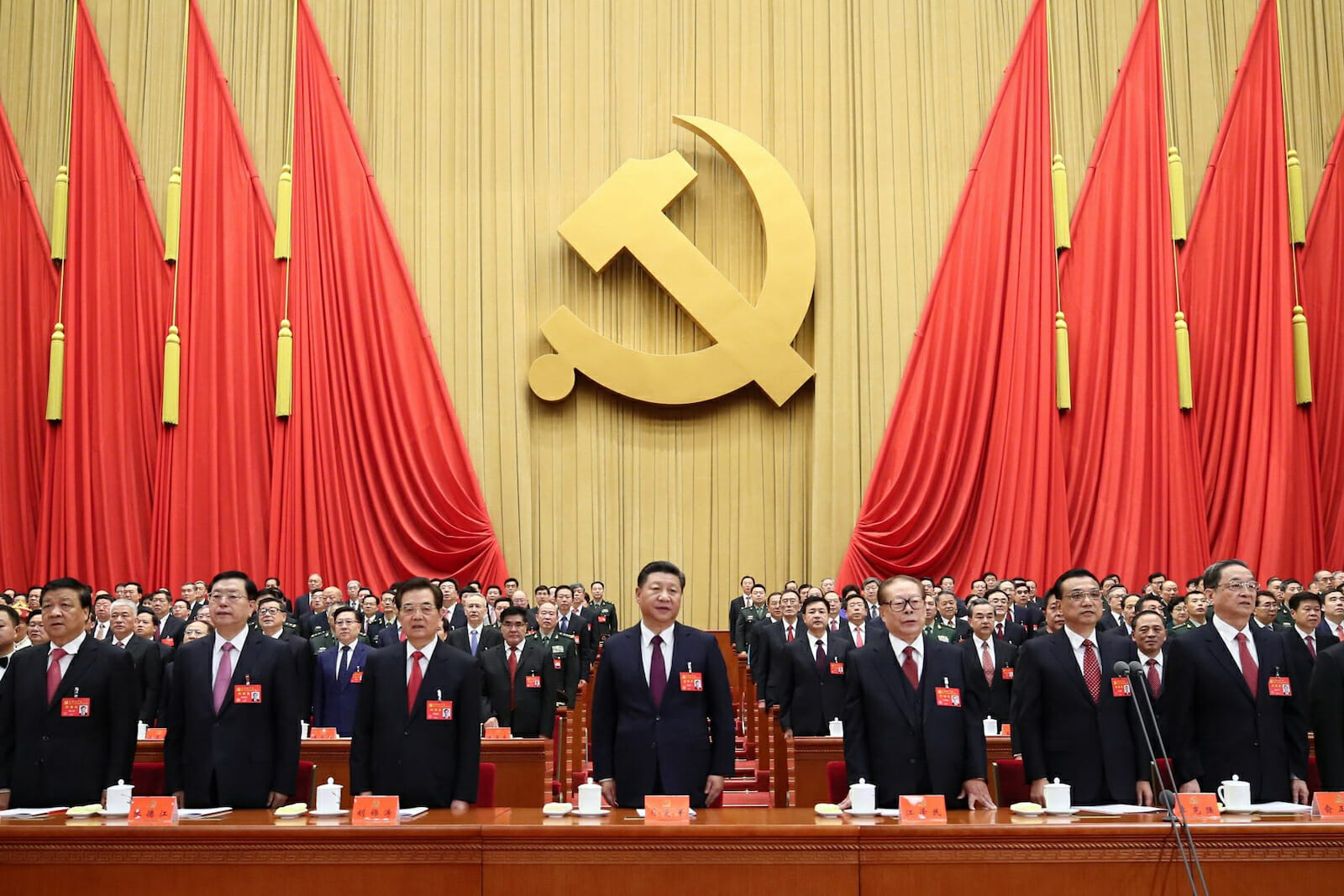
The Future of China’s Reform and Opening-Up
December 18, 2018, marks the 40th anniversary of the official beginning of China’s reform and opening-up, when the third Plenary Session of the 11th Central Committee of the Communist Party of China (CPC) was held from December 18th to the 22nd, 1978.
Over the past 40 years, China’s economic progress has been extraordinary. China’s gross domestic product (GDP) has grown miraculously at an average annual rate of 9.3 percent, and its GDP share of the world’s total economy has jumped from 1.8 percent to 15 percent. China has been the second largest economy for years, only after the United States. Meanwhile, China has achieved self-sufficiency in food and successfully lifted 800 million people from absolute poverty, a miracle of poverty reduction in human history. Today, China’s foreign exchange reserves, manufacturing capacity, and international trade volumes are all number one in the world.
However, China has accumulated many social problems too, such as massive corruption, serious environmental pollution, deepened income inequality, as well as a flawed social security system where the property bubble is still booming, and education and healthcare resources are unfairly distributed. Politically, China has been criticized for being less democratic and more authoritarian, where human rights are not fully respected, and media censorship has increased. While China has been much more open in many areas compared to 40 years ago, its political system has yet to become closer to the liberal democracy that the West expected.
Deng Xiaoping, the chief architect of China’s reform and opening-up, initially directed China onto the Socialist Road with Chinese Characteristics guided by the “Four Cardinal Principles,” namely the principles of upholding the socialist path, the people’s democratic dictatorship, the leadership of the CPC, and Mao Zedong Thought and Marxism-Leninism. 40 years later, maybe only the principle of upholding the leadership of the CPC is really relevant.
Now, China is in a new “era of Xi,” where “Xi Jinping Thought on Socialism with Chinese Characteristics for a New Era” is the supreme doctrine. This March, China amended its constitution, lifting presidential term limits, “the leadership of the CPC is the defining feature of socialism with Chinese characteristics” was explicitly included, and “to achieve the great rejuvenation of the Chinese nation” was officially instituted as the ultimate national goal. In the updated constitution, “persevering in reform and opening to the outside world” was retained.
Apparently, China will continue its reform and opening-up. Chinese top leaders have repeatedly promised that “China will never close its open door to the outside world.” However, China’s internal desire and momentum to push further reform and opening-up have been significantly weakened due to the resistance from vested interests. After 40 years, China’s reform and opening-up now is standing at a crossroads again. Both people inside and outside of China are wondering where China’s future reform and opening-up will head next. Left or right?
Coincidentally, China is now facing another big crisis again – the trade war and a potential “new Cold War” with the United States led by President Donald Trump. In Chinese, crisis (wei ji) means both “danger” and “opportunity.” Can China turn danger into opportunity in this crisis? Optimistically speaking, yes, based on historical experience.
In fact, over the past 40 years, China’s reform and opening-up have been largely driven by big crises, nearly every ten years. It was the painful lessons from the ten-year catastrophic the “Cultural Revolution” which ended in 1976 that fostered the initial reform and opening-up. It was the Tiananmen Square Protests of 1989 that accelerated the substantive progress of reform and opening-up. It was the Asian financial crisis in the late 1990s that propelled China to turn its economy into a market-oriented economy. It was the 2008 global financial crisis that pressed China to transform and upgrade its economy more quickly. China has always been resilient and pragmatic especially when facing crises.
So far, Trump’s trade war has indeed caused many troubles for China. However, viewed positively, the trade war has also forced China to open further and reform more deeply. During the recent G20 summit, President Xi repeatedly emphasized, “China will make efforts to open, even more, its doors to the exterior world and we will make efforts to streamline access to markets in the areas of investment and protect intellectual property.”
To clinch a permanent truce in the trade war, China promised significant concessions during the Xi-Trump meeting. It seems that China was defeated, but do not forget that China also made significant concessions for its entry to the World Trade Organizations (WTO) in 2001. China did suffer losses in the initial years as a new member of WTO, but it gained more in subsequent years. Therefore, in the long run, the short-term pain from the ongoing trade war will likely be proven to be beneficial for China as it deepens its reforms and opening-up so as to achieve its ultimate “Chinese Dream.”
After 40-years of reform and opening-up, China now is displaying the so-called “Four Confidences,” namely confidences in its chosen path, guiding theories, political system, and culture. In the future, China will probably be more open to the world but do not expect it will be reformed to be another West. China is China, the ancient but young “Middle Kingdom.”
